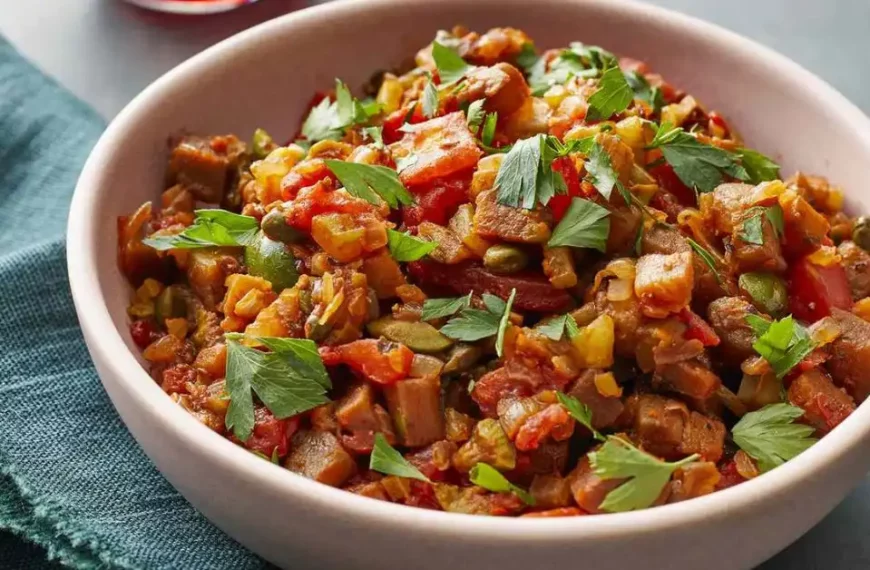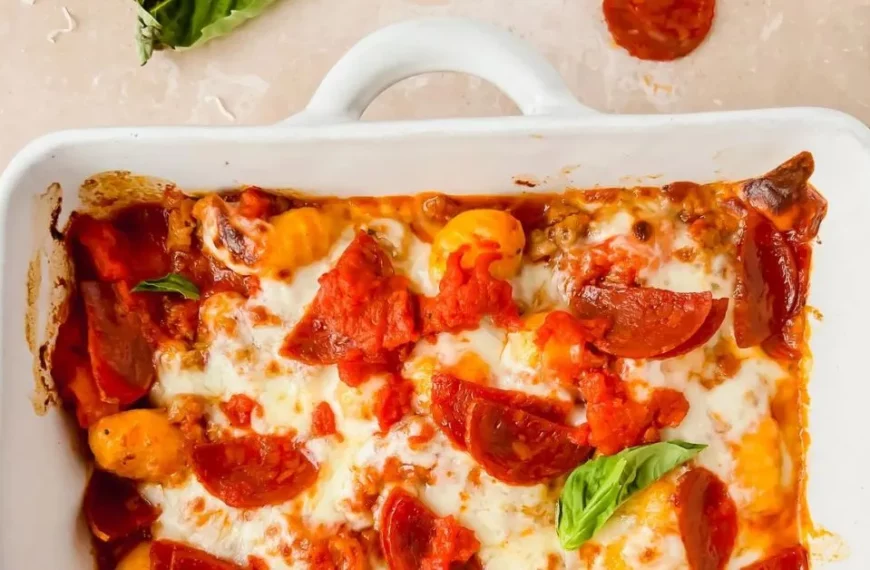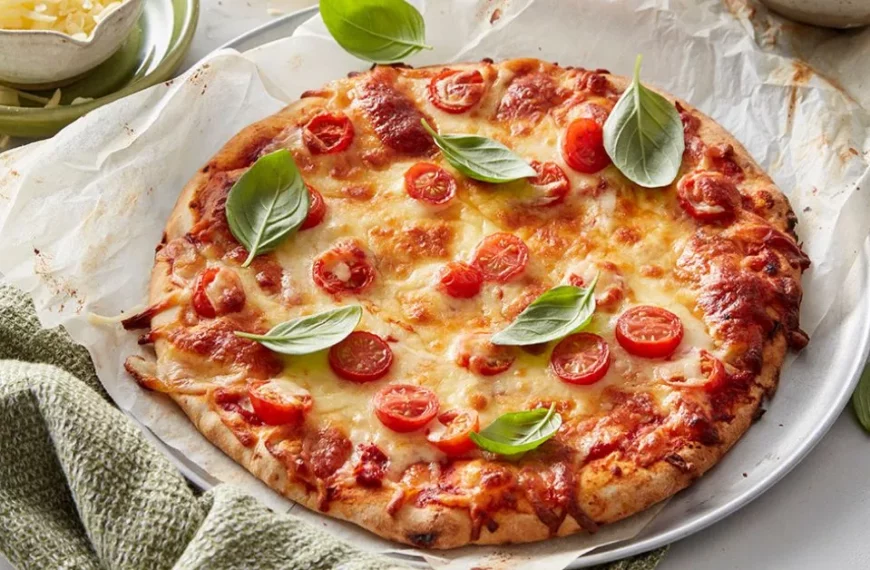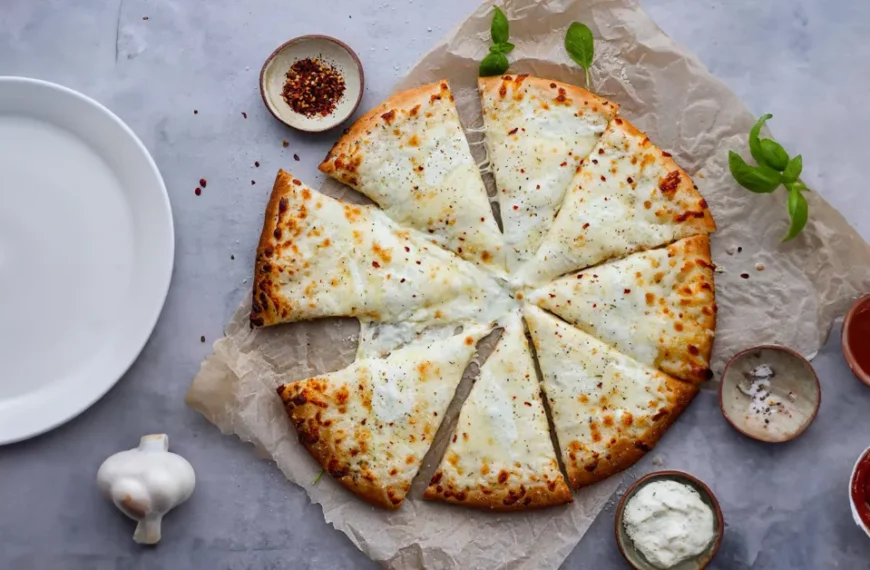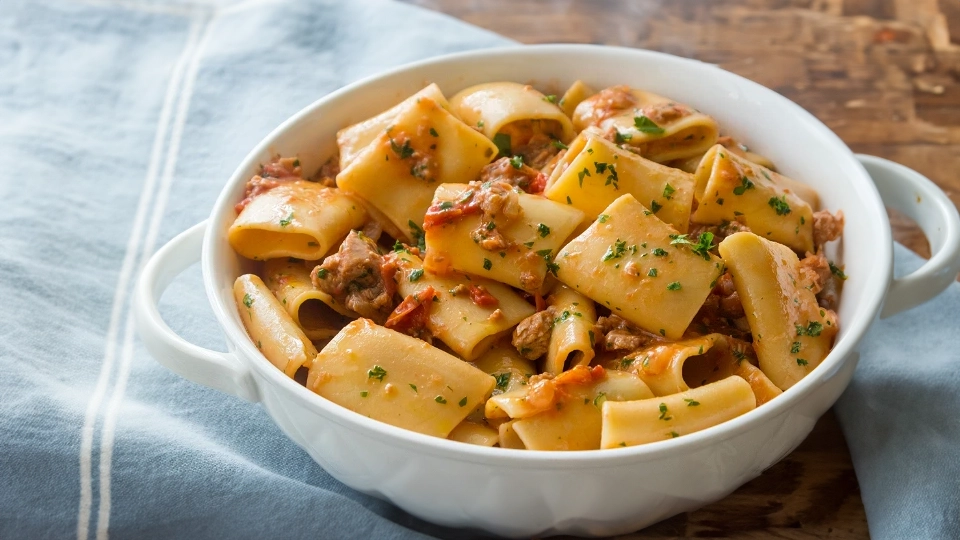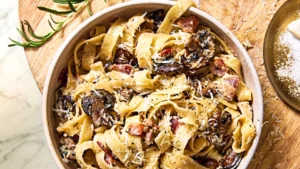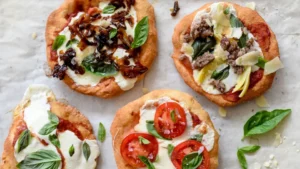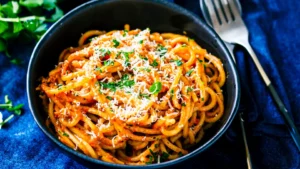It’s the season to savor the comforting warmth of a freshly-prepared dish that’s not only delicious but evokes the spirit of the season. There’s no better way to celebrate the chilly months than with a Winter Panzanella—a vibrant and hearty salad that’s a celebration of the winter harvest. As an enthusiast who delights in the art and joy of cooking, I’m excited to share my take on this classic Italian dish, designed to add a flavorful punch to your seasonal menu. If you’ve ever wanted to bring a taste of Tuscany to your own kitchen, the Winter Panzanella is the perfect winter warmer.

This recipe brings together an array of winter vegetables, each brimming with color and texture, to create a dish that’s as visually appealing as it is palate-pleasing like Cranberry Sauce and Brie Mini Tartelettest. Unlike its summer sibling that enjoys the sweetness of ripe tomatoes and fresh basil, the Winter Panzanella introduces a rich tapestry of flavors with roasted vegetables, toasted bread, and a tangy vinaigrette that ties everything together.
Winter Panzanella
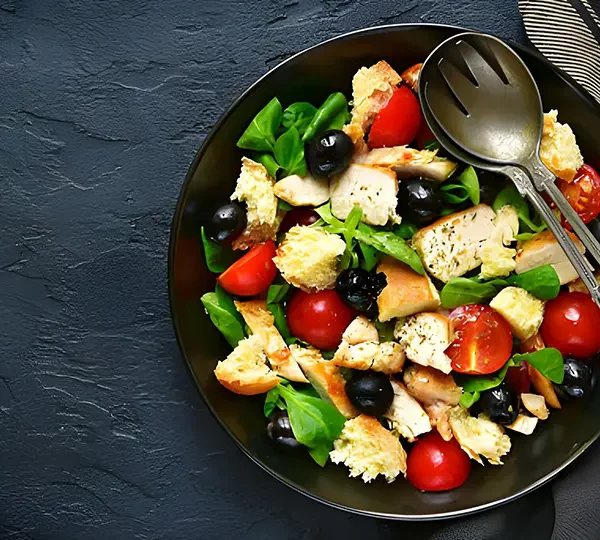
Ingredients
To craft this seasonal delight, gather the following ingredients:
For the Salad:
- 1 large loaf of day-old rustic bread, cut into 1-inch cubes (about 6 cups)
- 1 small butternut squash, peeled and cut into 1-inch cubes (about 3 cups)
- 1 bunch of kale, stemmed and torn into bite-sized pieces
- 2 red onions, peeled and cut into wedges
- 1 large fennel bulb, cut into wedges
- 1/2 cup of pomegranate seeds
- 1/2 cup of toasted pecans, roughly chopped
- 1/2 cup of crumbled goat cheese or feta
- Olive oil, for drizzling
- Salt and black pepper, to taste
For the Vinaigrette:
- 1/4 cup of extra-virgin olive oil
- 3 tablespoons of red wine vinegar
- 1 tablespoon of honey or maple syrup
- 1 small shallot, minced
- 1 teaspoon of Dijon mustard
- Salt and black pepper, to taste
The ingredients above offer a medley that’s not only a feast for the eyes but also for the senses. With the earthiness of the squash, the subtle sweetness of the fennel, and the pop of pomegranate seeds, this Panzanella is a celebration of diverse flavors.
Instructions
Step 1: Roasting the Vegetables
Begin by preheating your oven to 400°F (200°C). Line two baking sheets with parchment paper for easy cleanup.
- In a large mixing bowl, toss the butternut squash with a generous drizzle of olive oil, salt, and pepper. Spread the squash onto a prepared baking sheet in a single layer.
- Do the same with the red onions and fennel, each on a separate baking sheet to avoid overcrowding.
- Roast the vegetables for 30-40 minutes, or until tender and caramelized, turning them halfway through for even cooking.
Step 2: Preparing the Bread
While the vegetables are roasting, spread the bread cubes onto another baking sheet. Drizzle with olive oil, and sprinkle with salt and pepper.
- Toast the bread in the oven for about 15-20 minutes, or until golden and crisp, stirring once or twice to ensure even toasting.
Step 3: Making the Vinaigrette
In a small bowl, whisk all the vinaigrette ingredients together. Taste and adjust the seasoning if needed.
Step 4: Assembling the Panzanella
In a large serving bowl, combine the roasted vegetables, toasted bread, kale, pomegranate seeds, and pecans.
- Drizzle with the vinaigrette and toss gently to combine, allowing the bread to soak up the vinaigrette.
Step 5: Serving
Just before serving, add the crumbled goat cheese or feta on top for that creamy and tangy finish that binds all the flavors together.
The methodical steps ensure that each ingredient reaches its full potential, from the tender caramelization of the winter squash to the golden crunch of the bread.

DID YOU MAKE THIS RECIPE?
Tag @amcookingitaliano on Instagram and hashtag it #amcookingitaliano!
Tips for Customization
Adding Protein
For those seeking a heartier meal, consider adding protein to your Panzanella. Grilled chicken, roasted turkey, or chickpeas are excellent additions.
Adapting to Taste
Don’t be afraid to adapt the recipe to your preferences. If you’re not a fan of kale, spinach or arugula can be used in its place. The sweeter beetroot or the earthy Brussels sprouts also make for fantastic substitutes or additions to the standard winter vegetable lineup.
Balancing Flavors
Each ingredient should complement the others. Taste as you go and adjust the seasoning to achieve a harmony of flavors. A pinch of salt can make all the difference in highlighting the natural sweetness of the vegetables or the tartness of the pomegranate seeds.
How to Store
If you have leftovers, store the Panzanella in an airtight container in the refrigerator for up to three days. Keep the bread, vegetables, and vinaigrette separate if you can, to preserve the textures and flavors. When ready to enjoy, simply toss all the components together and add fresh herbs or cheese as a finishing touch.
Conclusion
The Winter Panzanella is not just a way to eat your vegetables, but a culinary voyage that captures the essence of the season. It’s a dish that adds a touch of elegance to any winter table while staying true to its rustic roots—a true testament that simplicity can also be deeply satisfying. I encourage you to invite the aromas and flavors of this dish into your home and experience the warmth and joy it can bring in these colder months.
FAQs
Can I use fresh bread instead of day-old bread?
Fresh bread can be used, but to achieve the perfect texture, I recommend allowing it to dry out slightly before toasting. Stale or day-old bread is best as it will hold its texture when mixed with the other ingredients.
Why is it important to roast the vegetables separately?
Roasting the vegetables separately allows them to caramelize and develop their flavors without steaming. Crowding the pan can lead to steaming, which will hinder the caramelization process.
Can I prepare the Panzanella in advance?
You can prepare the components in advance, but I recommend assembling the Panzanella shortly before serving to keep the bread from becoming too soggy.
What is the purpose of toasting the bread first?
Toasting the bread not only adds a delightful crunch to the Panzanella but also helps it to hold its shape and texture when mixed with the vinaigrette and other ingredients.
Can I make the vinaigrette ahead of time?
Absolutely! The vinaigrette can be made a few days in advance and stored in the refrigerator. Just give it a good shake or whisk before using it.
How can I make this recipe vegan?
Swap out the goat cheese or feta for a dairy-free alternative, such as a vegan cheese or a sprinkle of nutritional yeast.
This question-and-answer section aims to address some common queries and provide clarity on various aspects. By anticipating the questions of my readers, I aim to provide an inclusive and helpful kitchen experience for those looking to explore the Winter Panzanella.




